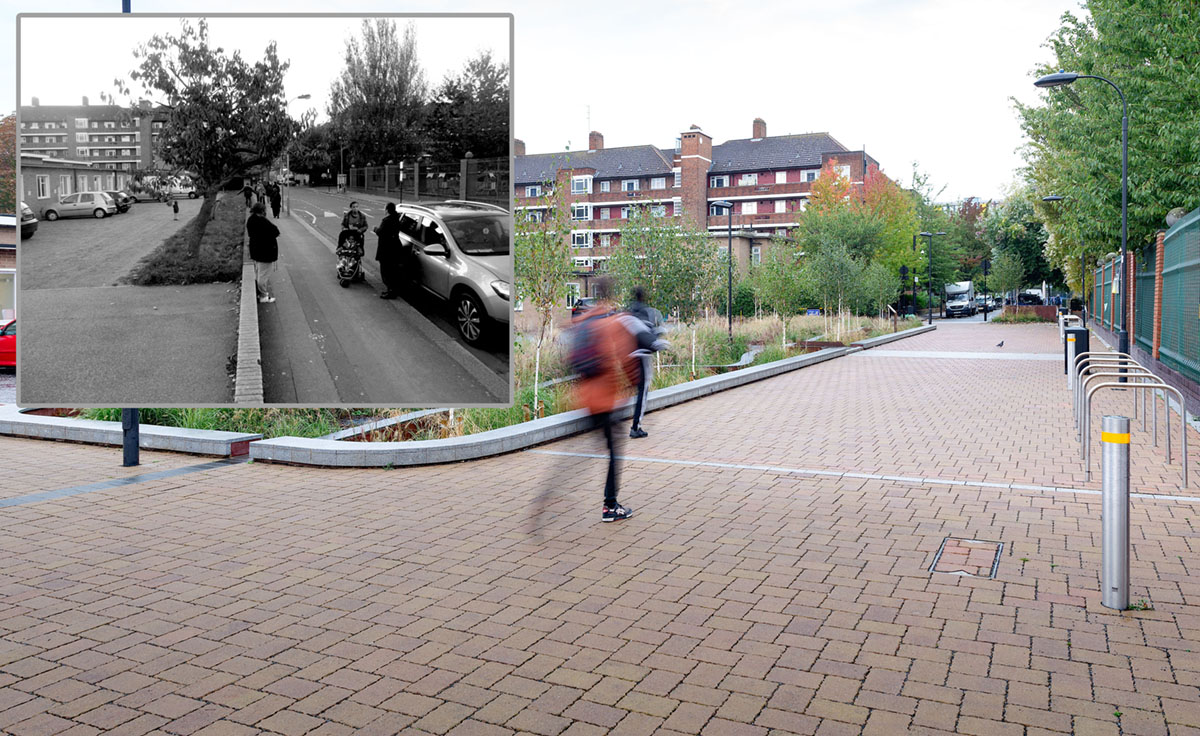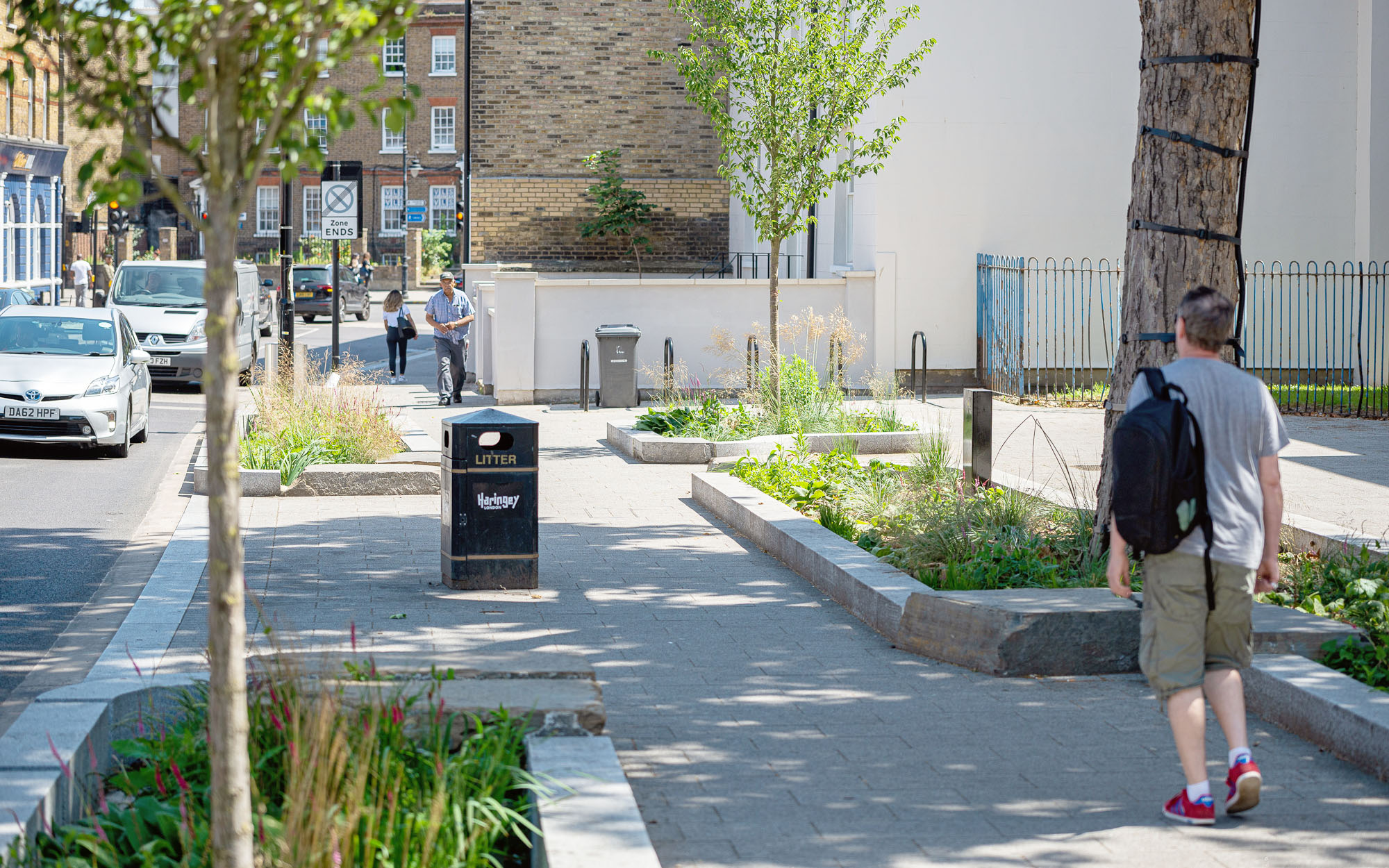Accelerating Permeable Paving
Addressing climate change continues to grow in urgency, demanding far wider application of permeable surfaces to reverse the sealing-up of our towns and cities. This is now set to accelerate with an important new report, heralding urgent government action and calling for a prompt, coordinated response from local authorities and water companies, as well as developers and property owners.
The November 2022 National Infrastructure Commission report on reducing flooding from surface water recommends urgent government action to move away from impermeable surfaces, both for new developments and in existing settings. The NIC is an executive agency of the Treasury and provides government with impartial, expert advice on major long term infrastructure challenges including water, drainage and flood risk management.
Urgent Coordinated Action
The NIC report highlights that, currently, around 325,000 properties in England are in areas at the highest risk (with more than 60 per cent chance of surface water flooding) in the next 30 years and that, without action, up to 295,000 more properties could also be put at risk. The report aims to ensure that: ‘We should not let surface water flooding continue as a stealth threat. We have the means to address it – what’s largely required is impetus for a range of bodies to act, and better coordination between them’.
The report identifies a need for the Environment Agency to expand its strategic oversight role in relation to surface water flooding. Water and sewerage companies should invest in solutions – including sustainable drainage (SuDS) – to address surface water flooding and work closely with upper tier (unitary and county council) local authorities. The NIC also recommends that government implement reforms to put more responsibility on developers to drain their own developments and mitigate their impact on the volumes of water entering systems.
To this end, government is recommended to implement Schedule 3 of the Flood and Water Management Act 2010 and update technical standards for sustainable drainage systems by the end of 2023. This would make SuDS a legal requirement for new development, controlled by ‘SuDS Approving Bodies’ (SABs) at local level, and the right to connect to the public sewer conditional on approval by SABs. These changes should also be reflected in relevant national policies and guidance, such as the ‘National Model Design Code’ and the ‘Manual for Streets’.

Unplanned Impermeable Surfaces
The NIC also recognises that, by 2055, some 50,000-65,000 properties may be put in areas at high risk due to “unplanned” increases in impermeable surfaces, such as front gardens being paved over, which increase the volumes of water entering drainage. Although ‘permitted development’ rights for replacement or new paving around existing homes and some other properties have been removed for impermeable surfaces for some time, enforcement and compliance have been limited. So, a review is recommended of the effectiveness of available options for managing unplanned increases in impermeable surfaces and decision whether policy changes are required to prevent it adding to the problem.
In addition, some water companies already apply ‘Area Based Charging’ to commercial properties where impermeable paving drains to sewers. The regulator Ofwat is encouraging trials with residential customers as well, where drives or other areas around the home do not include within-curtilage, permeable solutions.

A Key Step Change
The NIC report is a major step forward, setting out roles and coordination, deadlines and funding. It heralds a greater application of permeable surfaces – notably concrete block permeable paving – throughout our towns and cities, reversing the sealing-up of urban areas. This approach not only addresses surface water flooding and its resulting pollution but also the wider implications of climate change. National and local requirements for SuDS and street trees with sustainable maintenance – both for new-build and renewal – can no longer be ignored, recognising that permeable surfaces in synergy with green infrastructure is the responsible way forward.

